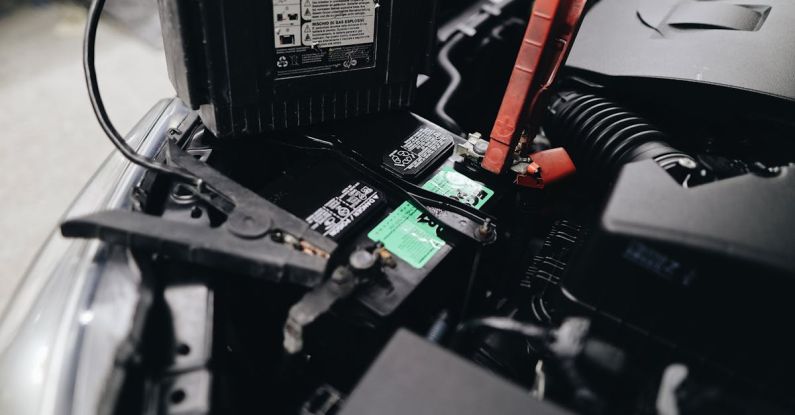In a world where convenience and efficiency are highly valued, the comparison between jump starters and traditional methods of starting vehicles becomes crucial. The need to quickly and effectively start a vehicle when faced with a dead battery is a common scenario that many drivers encounter. Jump starters and traditional methods like jumper cables and push starts both serve the purpose of reviving a dead battery, but they differ in terms of ease of use, safety, and effectiveness. Let’s delve into how these two methods compare and which one might be the better choice in different situations.
**Jump Starters: A Modern Solution**
Jump starters have become increasingly popular due to their portability and ease of use. These compact devices contain a built-in battery that provides the necessary power to jump-start a vehicle without the need for another vehicle or external power source. Simply connecting the jump starter to the battery terminals of the dead vehicle can quickly revive the battery and get the engine running again.
One of the main advantages of jump starters is their convenience. They are portable and can be easily stored in the trunk of a car for emergencies. This means that drivers no longer have to rely on the help of another driver or worry about finding a suitable location to jump-start their vehicle. Additionally, jump starters are user-friendly, with most models featuring clear instructions and safety features to prevent damage to the vehicle or injury to the user.
**Traditional Methods: Tried and Tested**
Jumper cables and push starts are the traditional methods of jump-starting a vehicle that have been used for decades. Jumper cables require a good Samaritan with a running vehicle to lend a helping hand, while push starts involve physically pushing the vehicle to gain momentum and engage the engine. Both methods require some degree of skill and coordination, as well as the availability of another vehicle or a group of people to assist in the process.
While traditional methods have proven to be effective in jump-starting vehicles, they do come with certain drawbacks. Jumper cables can be cumbersome to use, especially for drivers who are not familiar with the process. There is also the risk of incorrect connections, which can damage the electrical system of the vehicles involved. Push starts, on the other hand, require physical exertion and may not be feasible for all drivers, particularly those with mobility issues or in certain road conditions.
**Choosing the Right Method**
When comparing jump starters to traditional methods, several factors should be considered to determine which option is best suited for a particular situation. Jump starters are ideal for drivers who prefer a quick and hassle-free solution to jump-starting their vehicle. They are particularly useful for solo drivers or those who frequently travel long distances and may not have access to immediate assistance.
On the other hand, traditional methods like jumper cables and push starts can still be effective in jump-starting a vehicle, especially when another vehicle is readily available. These methods require a bit more effort and coordination but can be a reliable backup option in case a jump starter is not accessible.
**In Summary**
In conclusion, jump starters offer a modern and convenient solution to jump-starting vehicles, while traditional methods like jumper cables and push starts provide tried-and-tested alternatives. The choice between jump starters and traditional methods ultimately depends on individual preferences, accessibility, and the specific circumstances in which a vehicle needs to be jump-started. Both options have their pros and cons, but the key is to be prepared and have the necessary tools on hand to handle unexpected situations on the road.
